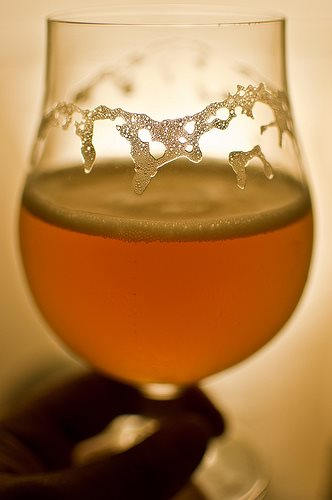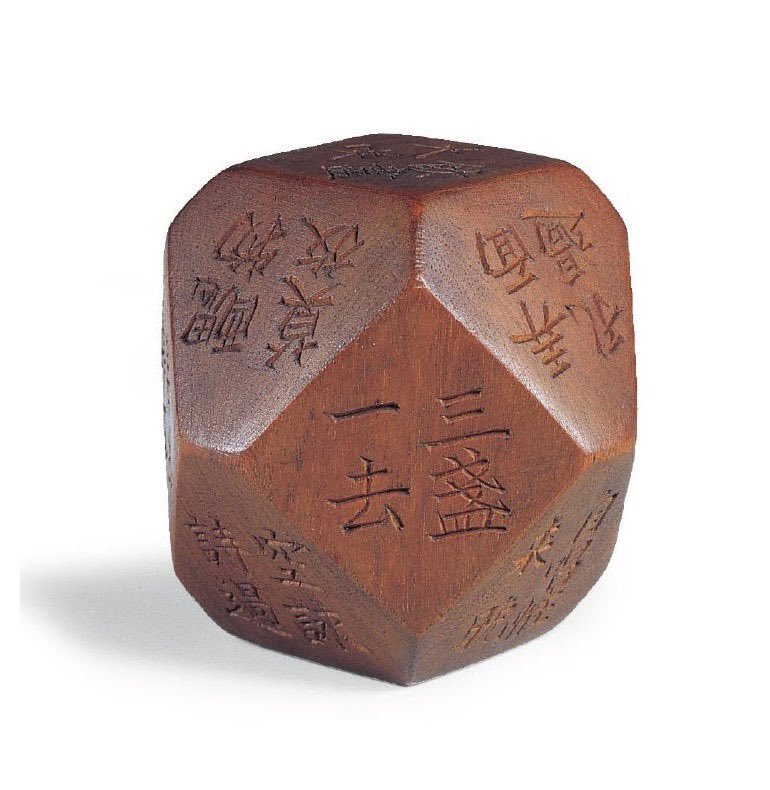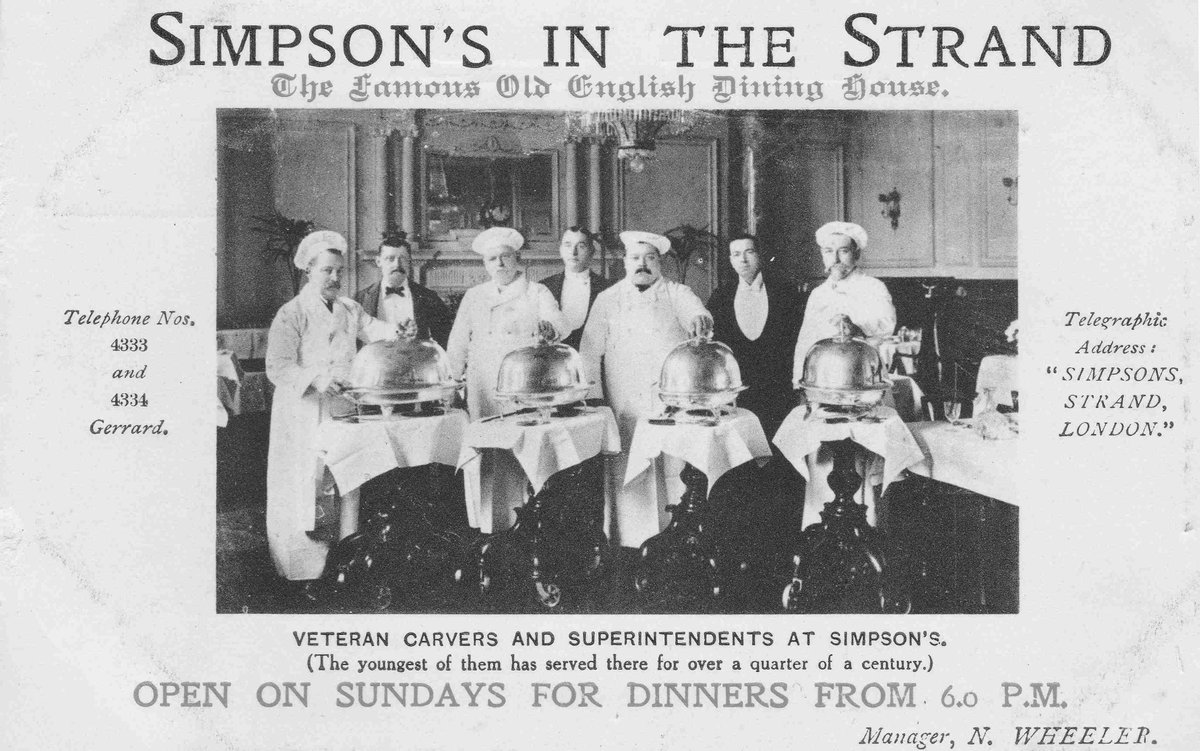Because I am a lawyer, my job includes dealing with a bit of mayhem. I even get a bit immune to it, frankly. Not so much in those early bottom feeding days. Remember that? Yeesh.* Anyway, is it back? I dunno. We’ve reviewed all the graphs and charts like this one up there** and now that everyone and their dog calculated the percentage of the US beer market*** made up of the combo of Canadian malt and aluminum as well as Mexican imports, well, it got delayed. Fine. The big bourbon ban was shelved and then restocked. It all got a bit whiplashed and likely will again. As Jeff wrote, this is all getting somewhere between real and unreal:
Enormous changes are underway, and the stability of the U.S. government is no longer a given. Barley prices may seem like an incredibly mundane detail (picayune, even) to pluck out of this hurricane of news. But they are representative of the effects these disruptions will have. The price of barley is directly tied to the health of US businesses, jobs, and lives.
Well, it’s all for the best right? It’s must be. And, between you and me, a closer economic union wouldn’t be all that bad. I sure liked when the Canadian dollar was close to par, gotta tell ya. Stash wantes to stash. Anyway, now that we have a whole 28 days left in the reprieve, I can get on to the important business of worrying about snacks and beers for Superb Owl Sunday. And, for the 47th year in a row, a bunch of people have written about what you should eat and drink. You can find your own damn links for that stuff.
Somewhat relatedly, speaking of large bodies of water that suddenly need to be renamed:
People don’t buy “domestic” cars or salute the “domestic” flag, so they shouldn’t drink “domestic” beer. At least, that’s what Anheuser-Busch’s CEO thinks. Brendan Whitworth, the beermaker’s chief executive, says he wants to change the term that describes his US-made beers, which includes Budweiser, Michelob Ultra and Busch Light, to “American”… “The pride we take in this great country should also be properly and accurately applied to our great American beers,” Whitworth wrote. “They are brewed by American workers who receive American wages. They rely on American farmers and on American raw material suppliers. They support American causes like the military and first responders. They pay American taxes.”
Speaking of legal mayhem, here’s a story out of Washington state on one brewery’s fight against the local municipality care of WBB:
Although Dominique Torgerson just wants to operate a brewery, she is now well-versed in this kind of legal battle and knows way more about these issues than any brewery owner should ever need to know. “With the recent overturning of the Chevron Deference doctrine at the U.S. Supreme Court, agencies should no longer have unchecked power to interpret ambiguous laws in their favor,” she explains. “Our petition to the Superior Court cites extensive case law, and we are prepared to take this battle to the U.S. Supreme Court if necessary.” “Additionally, these zoning restrictions violate Washington State RCW 66.08.120, which explicitly prevents municipalities from regulating alcohol businesses in ANY manner,” she adds.
Boom! Fight!! Speaking of a good fight, I am really struggling on Pellicle‘s English Premier League fantasy league this season – but unlike one pub’s owners, I did well when I picked the striker for Nottingham Forest the other week:
It had seemed like the perfect promotion to get a few more punters through the door on a Saturday afternoon – give away a free pint for every goal scored by Nottingham Forest that day. But seven goals and £1,500 worth of pints later, Nottinghamshire pub landlady Beccy Webster realised she might have scored a spectacular own goal. “It got to half-time and I thought: ‘Oh my gosh, I don’t know if I can carry this on.’ But I decided I was sticking to my word,” she said. “This is what I’ve said I’m going to do. Whether it’s four, five, six, seven, 10 goals, I’m seeing it through now. We ended up giving away 300 pints.”
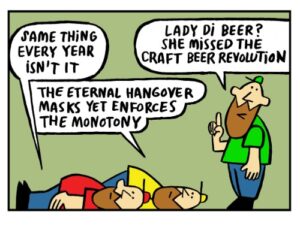 Keeping with the only beer mag that matters, we received another bit of biting commentary about the craft-bro rut from David Bailey (no relation) over there last Friday. He neatly acknowledges the line between what may and may not be said about good beer culture and then crashed through it. In this episode, he mocks the desperate lengths some brewers got to in order to extend their seasonals line up. I like how these pieces are effectively political cartooning.
Keeping with the only beer mag that matters, we received another bit of biting commentary about the craft-bro rut from David Bailey (no relation) over there last Friday. He neatly acknowledges the line between what may and may not be said about good beer culture and then crashed through it. In this episode, he mocks the desperate lengths some brewers got to in order to extend their seasonals line up. I like how these pieces are effectively political cartooning.
With his even more unreserved and thorough approach, David Jesudason has reported on the misogyny that ruled at one imaginatively named London wine bar in the 1970s and how it served as one launching point of an anti-discrimination campaign:
“El Vino stood as a symbol of an ordinary drinking place,” Anna Coote tells me, “that wasn’t a private club and they were not letting women buy drinks at the bar which was very petty of them. But at the time the men were hanging on to their control over how their favourite pub was being run… [Anna and and Tess Gill] used the El Vino as a way to change the law and they didn’t see themselves as patrons of the bar. Anna says they went to El Vino with a couple of male lawyers and were refused service and this was all the proof they needed. “It was to get the law enforced not to get drinks at the bar,” Anna tells me. “It was purely a matter of principle. Neither Tess nor I wanted to spend a minute inside El Vino’s drinking wine or buying drinks!
And we read… well, I read some interesting reporting from Phoebe Knight in BlogTO on the effects being already felt by the big brewer’s retailer, The Beer Store, following Ontario’s expansion of retail beer sales to corner stores last year:
While 23 stores out of over 350 across the province seems like small potatoes now, John tells blogTO that there could be a far larger crash coming in the near future if no further agreements to maintain the stability of The Beer Store against competition are made. “According to the early implementation agreement The Beer Store must keep 300 stores open until the end of 2025,” John tells blogTO. “After that there is no limit on closures.”
Further news on the calls for change in beer retailing out of Korea too:
Liquors registered as traditional products in Korea, such as “makgeolli” (rice wine) and Andong soju, are exempt from the online sales ban, allowing them to be delivered directly to consumers’ doorsteps. In contrast, domestic soju and beer products are only accessible via offline stores and restaurants. Major local producers argue that lifting the ban would expand their distribution channels and improve market competitiveness. Korea and Poland are the only member states of the Organisation for Economic Co-operation and Development, or OECD, where an online liquor sales ban remains in effect.
In our weekly (it seems) report on contradictions in medical advice, we focus today on the mind. First up, this study published in the American Journal of Psychiatry on “the real-time subjective effects of alcohol in individuals with alcohol use disorder”:
This study aimed to investigate the real-time subjective effects of alcohol in individuals with alcohol use disorder (AUD) and those prone to negative affect by virtue of having comorbid depressive disorder (DEP)… The AUD group, regardless of comorbid DEP, reported increases in stimulation and rewarding effects that persisted throughout most of the alcohol episode relative to the non-alcohol episode. To a lesser extent, alcohol relieved negative affect but this was not specific to AUD or DEP groups.
The news is what you’ve wanted to have confirmed: “…researchers found that alcohol consumption reduced negative feelings…” Conversely, in The New York Times, we read:
… if you become physically dependent on alcohol — after years of drinking heavily, for example — the constant ramping up of GABA can cause the brain to produce less of it, and glutamate becomes more dominant. The brain then becomes “hyperexcitable,” which can lead to symptoms like panic attacks, said Dr. Kathleen Brady, an addiction expert and professor of psychiatry at the Medical University of South Carolina.
As always, good luck making those two stories fit in with each other! Speaking of best wishes, The Beer Nut has seen of Dutch brewery De Molen with a review of a last collaboration before its expiration:
This is a beer to shut me up about nitro for a minute or two: there is plenty of flavour, and while it may have turned out quite cloying if carbonated, I can’t complain when nitrogen’s deadening effect successfully balances the beer. Observation two is that a bit of barley wine energy really suits the Irish red style. Boost that gravity and hold back on the aroma hops: there’s a niche available somewhere adjacent to the strong Scottish ale genre. Thanks to both breweries for showing the way, and with an extra poignancy now that the permanent closure of De Molen has been announced for later this year.
And Boak and Bailey have found an even loftier pint – a perfect ESB:
Our perfect pints on Friday were served this way, as towers of autumnal mahogany topped with loose but steady foam.The aroma was of marzipan and fresh woodland sap. And it tasted like the inevitability of one pint too many, like the Holy Grail, like the White Whale, like a miracle in progress, like being 25 again learning for the first time what beer could really be. It was so good that it made Jess switch from Titanic Plum Porter. It was so good that she didn’t even resent the inevitable day after headache. It was so good that, even with the headache, she co-wrote a blog post about it.
Lovely bit of writing right there.
In 2006, I released the results on an experiment involving Burton Bridge Porter and the passage of time. I am not sure reading back on my notes now that I understand what happened. Far more lyrical is Pete Brown in his up to date study of that same brewery published in that place that really should be named which is already named above:
Burton Bridge Beers are still Burton Bridge, and Heritage are still Heritage, but both brands are owned by the same company and brewed in the same place, by two stellar alumni from the craft beer world. Two dying embers rekindled, with new fuel feeding the flame. It’s a misty, drizzly day when I visit Burton Bridge. The flagstones in the yard are slick and shiny, like they always seem to be. The brewing team are wrapped up against the chill as they wash casks, their breath misting the air. After a quick tour of the kit—including the parts that are over a century old and look like they’re held together by willpower alone—Emma and I retreat to the cosiness of the pub.
Again, some lovely writing right there.
Finally, what was old is new again, as we read in this week’s dispatches from the eggheads:
Do you long for that tart fruity flavor of a sour beer but wish the complicated brewing process were faster? Norwegian scientists might have the answer: field peas, as well as beans and lentils. According to a new paper published in the Journal of Agricultural and Food Chemistry, experimental beers made with the sugars found in these foods had similar flavor profiles to your average Belgian-style sour beer, yet the brewing process was shorter with simpler steps. “Sour beer is the beer enthusiast’s alternative to champagne,” said co-author Bjørge Westereng of the Norwegian University of Life Science.
Oh, Bjørge. You ever notice those times when it is clear someone has never had champagne? But… pea beer was a thing. At least beer made with pea shoot kilned malt was. And Japanese third-category beer.
Thanks again for everyone who participated in first edition of The Session Revived. Here’s the round up. As Stan was kind enough to say, “Much of the best reading last week was on Friday, when The Session revival was pretty dang successful.” Join in next time we gather! In the interim, please check out Boak and Bailey every Saturday and Stan going strong again each and every Monday. Then listen to Lew’s podcast and get your emailed issue of Episodes of my Pub Life by David Jesudason on the (sometimes even but never) odd Fridays. And maybe The British Food History Podcast. And Phil Mellows is at the BritishBeerBreaks. Once a month, Will Hawkes issues his London Beer City newsletter and do sign up for Katie’s wonderful newsletter, The Gulp, too. The Share looks to be back with a revival. Ben’s Beer and Badword is out there with the all the sweary Mary! And check out the Atlantic Canada Beer Blog‘s weekly roundup. There is new reading at The Glass which is going back to being a blog. Any more? Check out the Beer Ladies Podcast. That’s quite good and they are revving up for a new year. And the BOAS podcast for the bro-ly. And the long standing Beervana podcast …except they have now stood down. Plus We Are Beer People. The Boys Are From Märzen podcast appears suspended as does BeerEdge, too. VinePair packed in Taplines as well. All gone. But not Ontario’s own A Quick Beer featuring… Michigan! There is more from the DaftAboutCraft podcast, too. All About Beer has sponsored trade possy podcasts and there’s also The Perfect Pour. Plus follow the venerable Full Pint podcast. And the Craft Beer Channel on Youtube. The Moon Under Water is gone which is not surprising as the ask was $10 a month. Pete Brown’s one cost a fifth of that but only had the one post. Such is life.
*Though the mass firings are very old school Atlantic Canadian. Maybe we do fit in culturally speaking! Note: these things also happen in beer.
**No, it really is an actual chart!!
***We also learned that 88% of all beer consumed last year made by Canadian workers in Canadian breweries.

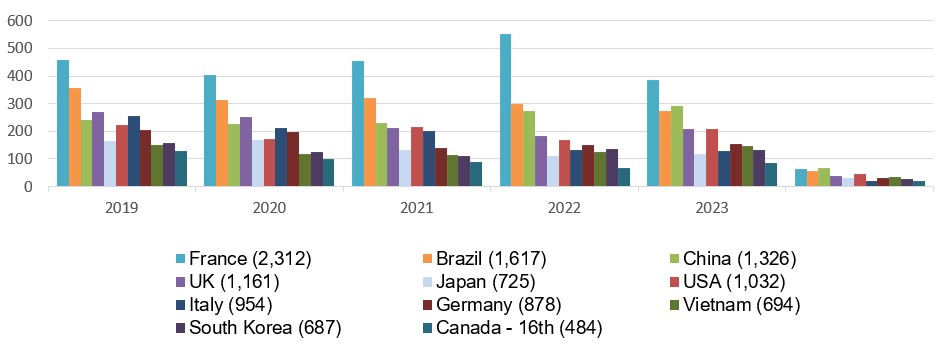
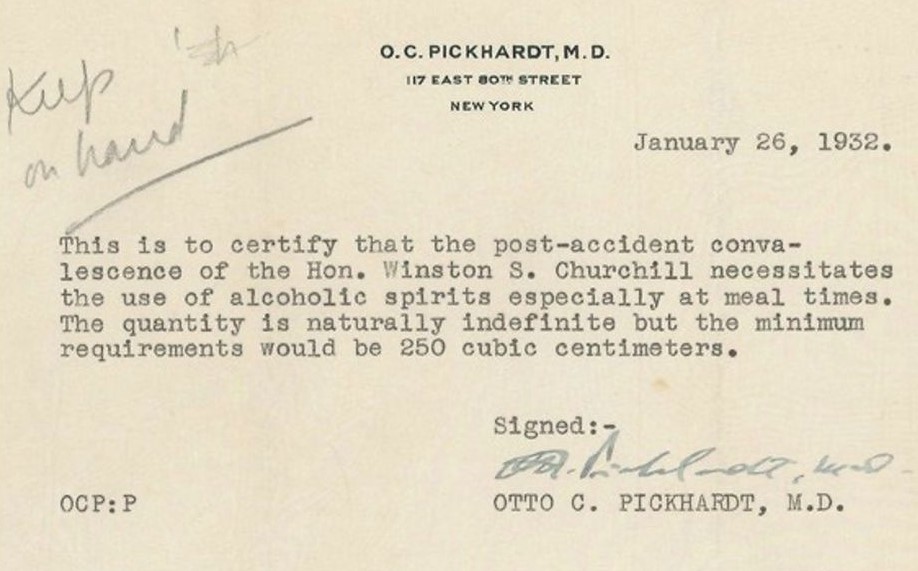

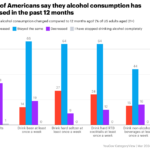 Finally, a reminder. Yes, there are health warnings. But more to the point, there are habits. If you are listening to those who talk of “neo-temperance” you may be missing a mood change that has nothing to do with lobbyists or public health officials. That handy dandy thumbnail is from a
Finally, a reminder. Yes, there are health warnings. But more to the point, there are habits. If you are listening to those who talk of “neo-temperance” you may be missing a mood change that has nothing to do with lobbyists or public health officials. That handy dandy thumbnail is from a 